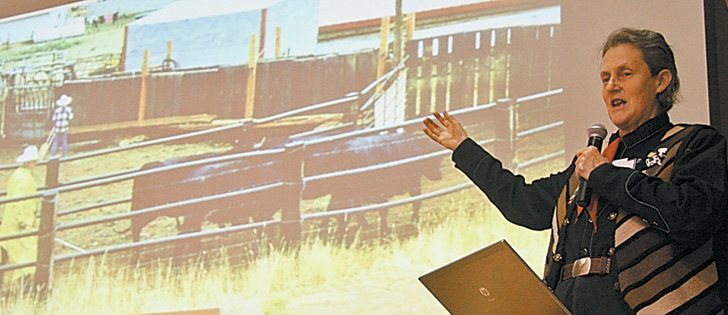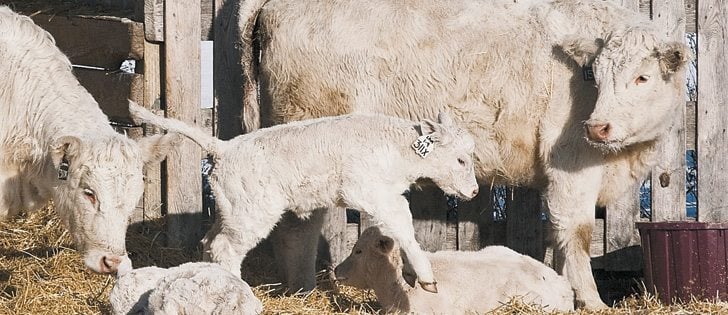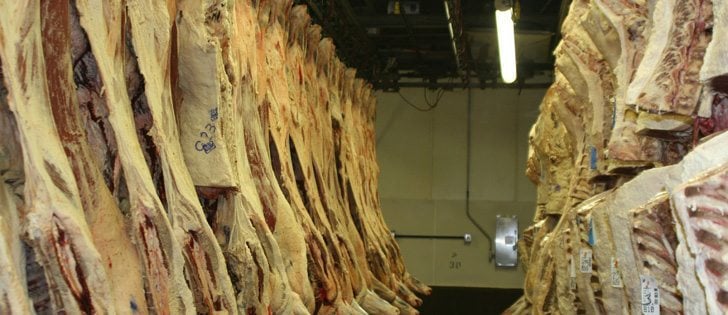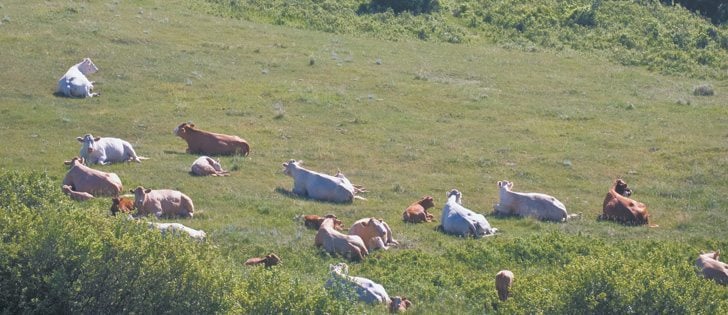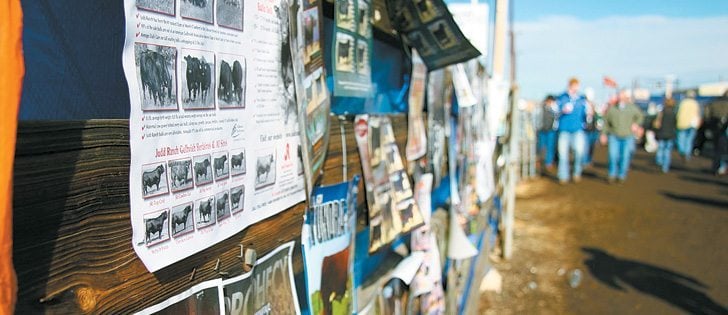Pastures to change hands Canadian Cattlemen’s Association asks federal government for another year before divesting pastures
CYPRESS HILLS PROVINCIAL PARK, Sask. — Saskatchewan cattle producers say land currently held in the federal pasture system must remain in use for grazing no matter who ends up owning it.
They have many concerns about Ottawa’s decision to shift responsibility for the pastures to the provinces and what will happen next.
The federal government said in April it would hand over operation of the 85 former Prairie Farm Rehabilitation Administration pastures over the next six years. Sixty of the pastures are in Saskatchewan and the first five will be transferred to the province next year.
Read Also
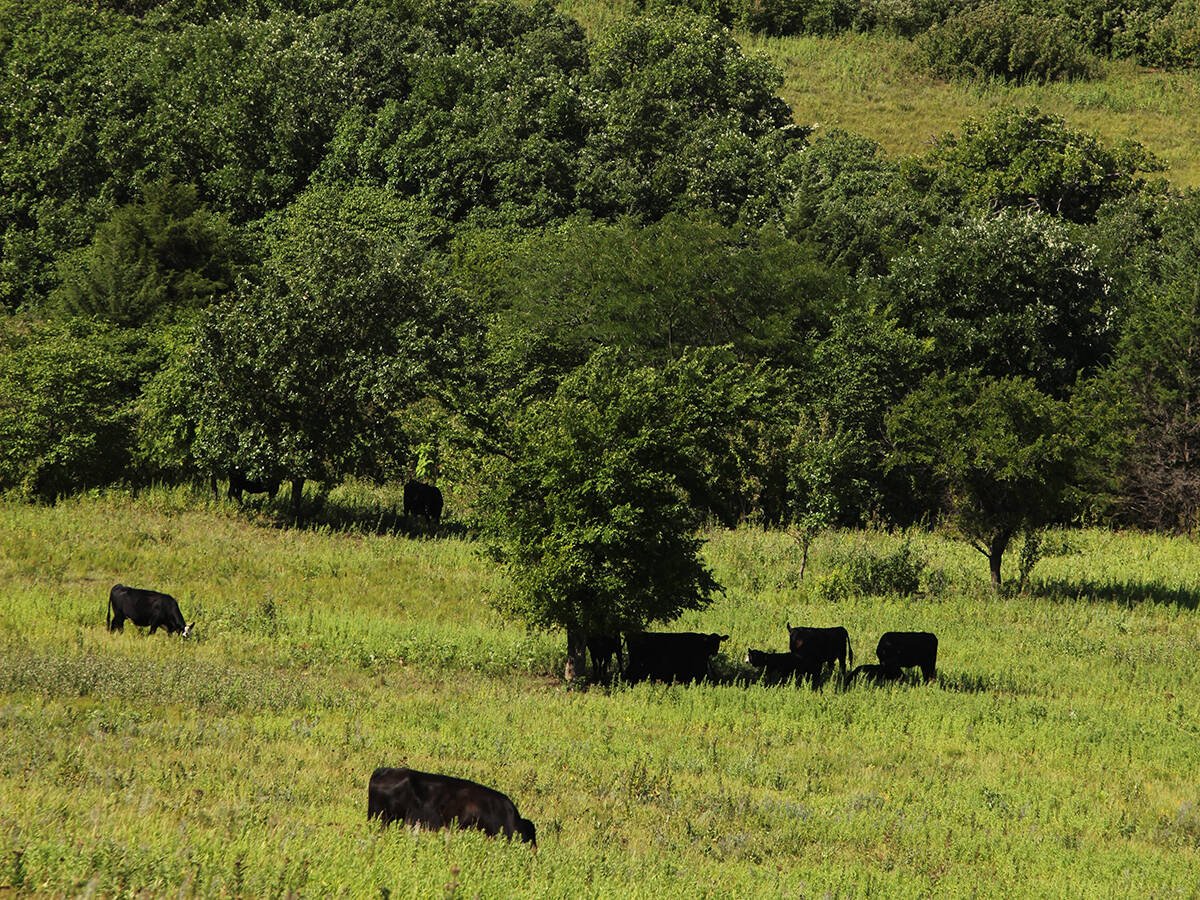
Beef cattle more prone to trace mineral deficiencies
The trace mineral status of our cows and calves is a significant challenge for western Canadian producers and veterinarians.
Those five are to be identified by June 15.
The province has said it intends to sell the pastures to the patrons or others and has set up a panel of five producers to advise agriculture minister Lyle Stewart. Panel members are chair Murray McGillivray, Hanley rancher Allen Patkau, Saskatchewan Cattlemen’s Association president Mark Elford, Saskatchewan Stock Growers Association president Harold Martens and Saskatchewan Association of Rural Municipalities president David Marit.
Alan Parkinson, the federal employee tasked with the divestiture, said five pastures were already proposed for transfer based on land tenure arrangements, the number of cattle and patrons affected, and impact on pasture staff.
But the province had asked for detailed information on 15 pastures, and only two were on both governments’ lists.
“I really don’t know which five will be transferred in 2013,” he said at the recent stock growers’ annual convention, where the pastures dominated discussion.
Canadian Cattlemen’s Association president Martin Unrau told the convention that the association has asked the federal government to wait an extra year before the first divestiture.
The CCA’s domestic agriculture committee has said it isn’t opposed to the transfer as long as the land stays in pasture. However, Unrau said more consultation is required.
Russ Gillanders of Kyle, Sask., uses the Monet federal pasture near his home.
“I don’t know if the federal government realized to begin with how much of an impact this was going to have,” he said. “There’s been such little information sent out by anybody and to get information is tough.”
Another producer noted that patrons tried to get financial information about their pasture and were told it was unavailable.
And another, from the Rural Municipality of Reno, noted the impact the transfer could have in that area. There are four pastures totalling 350 sections and grazed by 5,000 head.
Parkinson agreed the timelines are tight and uncertainty is high.
“We need to hear from producer associations and patrons about the impact the short decision time frame will have on them,” he said.
He added that giving the pastures to the provinces is not as simple as it sounds and he understands producers’ frustration.
“(Federal officials) were woefully underestimating all of the work that would entail,” he said.
Other discussion focused on how the pastures would be valued and how producers could hang on to them.
There is concern that large companies such as feeders and packers could outbid producers and run thousands of head of their own cattle on the land.
Pat Hayes urged the advisory committee to tell the province to keep all options open to keep the land in patrons’ hands.
“I’m not in favour of seeing it sold,” he said. “In my area 50 percent of the producers have 70 percent of their cows in (federal) pastures. We are going to lose a big chunk of our cow-calf industry.”
Elford said he recognized there is no cookie cutter solution that will fit all the pastures, and Martens said that would be a recipe for disaster.
Several other SSGA members urged everyone to work hard to keep relationships strong, find leadership within their patron groups and not get caught up in fighting with each other if they want to make patron ownership or lease work.
During discussion on a resolution about the issue, SSGA past president Calvin Knoss said the membership had to find some balance on a complicated issue. The organization has supported the province’s past decision to sell crown lease land with wildlife habitat.
“In general we support private ownership and individual ownership and operation and I think I would like to see that as the first option,” he said. “I do recognize that the current patrons have some rights.”
He suggested that environmental easements may have to be placed on the pastures if necessary to keep the land in agriculture.
The membership passed a resolution supporting an orderly, fair and equitable transfer of the pastures to the province, which in turn would offer them for private ownership or lease.




